D. Verdi opera "Masked Ball"
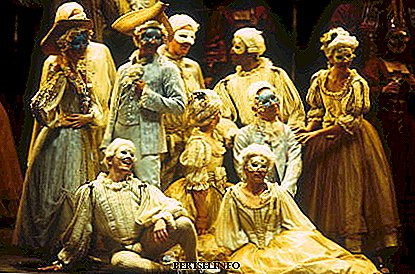
In the history of opera, perhaps, there is not another masterpiece that has two sets of main characters, moreover, so far from each other: Swedish aristocrats in one case and American officials - in the other. This is the main intrigue of the creation of the seventh most popular opera by Giuseppe Verdi "Masquerade ball", which is still being played today in both storyline variations.
Summary of the opera Verdi "Masked Ball" and a lot of interesting facts about this work, read on our page.
Characters | Vote | Description |
Richard, Earl of Warwick Gustav III | tenor | governor of boston king of sweden |
Renato Count Rene Ankarström | baritone | Creol, secretary of the governor, secretary of the king |
| Amelia | soprano | wife Renato (Rene) |
Ulrika Mademoiselle Arvidson | mezzo-soprano | soothsayer |
| Oscar | soprano | page |
Samuel Earl Ribbing | bass | conspiracy organizers against Richard (Gustav III) |
Tom Earl Horn | bass |
Summary of the Masquerade Ball
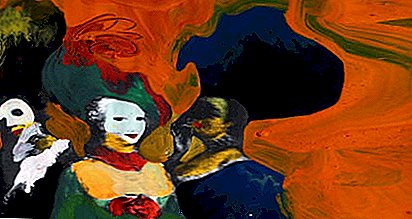
Morning in the royal palace of Stockholm, 1792, Gustav III receives visitors. His secretary, Count Ankarström, warns of danger — Count Ribbing and Count Horn, who are planning to kill him, are among the crowd. But for Gustav it is more important that Ankarström does not realize the love he has for the secretary’s wife, Amelia — her name on the guest list of the upcoming masquerade excited the king. However, after pleasant memories of her beloved, Gustav draws attention to another guest - Mademoiselle Arvidson. Upon learning that this is a famous fortuneteller, the king decides to visit her. The conspirators see a chance to realize their plans.
In the home of Mademoiselle Arvidson closely from the influx of visitors, meeting with her looking for a noble lady. Gustav, incognito among people in a fisherman's suit, finds out in this lady Amelia - she came to ask for help in getting rid of forbidden love. The fortune teller recommends that she collect herbs growing on the field for execution. When Amelia leaves, Gustav asks the fortune teller to report his future. She predicts that he will kill the friend who first will give him a hand. As it turns out to be Ankarstrom, everyone laughs at such an incredible prophecy.
Amelia under the cover of night comes to a deserted place for herbs. Gustav secretly follows her, confesses his love and receives confirmation of the reciprocity of his feeling. Ankarström suddenly appears, warning the king that he was tracked down by conspirators. Amelia throws a veil. Gustav and Ankarstrom change their cloaks. Before hiding, the monarch takes the floor from his secretary, that he holds the lady, without opening her face. The adversaries surround the couple, believing that before them is Gustav. Amelia protects her husband, but thereby impersonating herself. Ankarström becomes the object of ridicule and vows revenge.
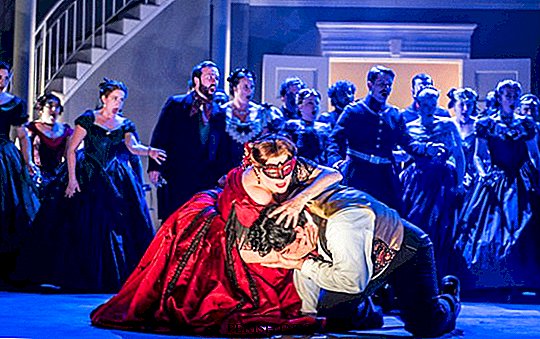
A dramatic scene takes place in Ankarstrom's house - the count is determined to kill his wife, but he realizes that the main culprit is not her, but Gustav. He accepts the conspirators and makes Amelia draw lots - which of them will kill the king. This fate falls on him. Gustav signs a decree on the transfer of Ankarström to serve in England. Amelia tries to warn her lover about the danger through anonymous letter, but the king ignores him.
Evening ball masquerade. Ankarström pulls out at Oscar under what kind of mask his master is hiding. Amelia tries to persuade Gustav to leave the ball, but does not have time - the secretary strikes him with a knife. The king assures his murderer that there was nothing between him and Amelia, utters words of forgiveness and dies.
| Duration of performance | ||
| I Act | Act II | Act III |
| 55 min. | 35 min. | 55 min. |
A photo:
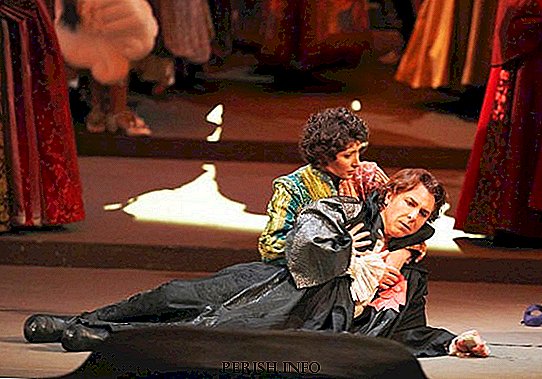

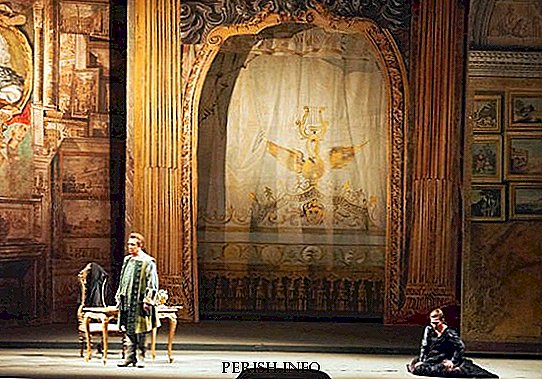
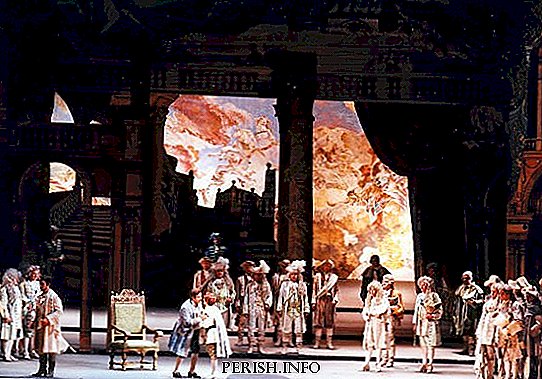
Interesting Facts
- There is not a single major opera star in the 20th century who would not participate in the productions of the Masquerade Ball. L. Gavarotti, Y. Björling, D. Di Stefano, C. Bergonzi, P. Domingo, H. Carreras shone in the game of Gustav (Richard), in the game of Ankarström - E. Bastianin, R. Merrill, T. Gobbi, P. Kappuchchili, R. Bruzon, D. Hvorostovsky, in the party of Amelia - M. Callas, C. Ricchiarelli, B. Nilsson, L. Price, R. Tebaldi, M. Caballe.
- The historical fact that served as the basis for the plot — the attack on Gustav III — happened at a masquerade ball at the Swedish Royal Opera on March 15, 1792. The king was mortally wounded from a pistol and died two weeks later. The plot wore purely political motives — a group of conservative nobility, among whom was J.Yu. Ankarström (he certainly did not serve as royal secretary), and wanted to get rid of the ruler following the principles of enlightened absolutism. Until his execution, Ankarstrom did not betray the names of his associates to the investigation. However, they still became known and punished. As for the love line, it was an absolute fiction, starting with Amelia who never existed. According to contemporaries, Gustav III had no interest in women at all.
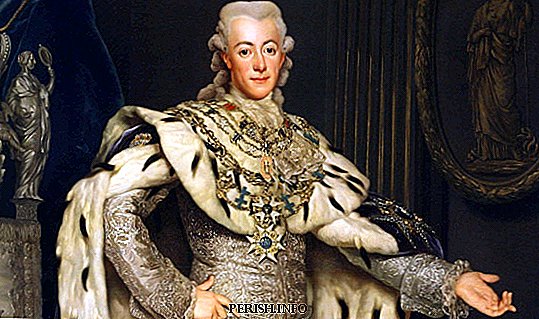
- The Masked Ball is an opera filled with an ominous laugh. There is a laughing aria, and even a laughing quintet.
- In this job Verdi used a new type of hero - page Oscar. This is a male role for a woman. Such a character is typical of the French operatic tradition, with couplet songs and a masterly decorated coloratura.
- Ulrika (Mademoiselle Arvidson) is one of the most prominent characters of Verdi, written for mezzo-soprano. This heroine is comparable to Gypsy Azuchenoy from "Troubadour" and is one of the ways the composer denotes the fatal nature of events.
- The performers of the main male roles at the premiere of the opera Gaetano Fraschini (Richard) and Leone Giraldoni (Renato) had already become the first interpreters of Verdi's heroes. Thraschini sang 4 more premieres - "Alziru", "Corsair", "Battle of Legnano" and "Stiffelio". Jaraldoni played the title role at the premiere "Simone Boccanegra".
The best arias from the opera "Masked Ball"
"La rivedra nell estasi" - Richard's aria (listen)
"Eri tu che macchiavi quell'anima" - Renato's aria (listen)
"Re dell'abisso" - Ulrika's aria (listen)
"Volta la terrea" - Oscar's aria (listen)
History of creation and productions
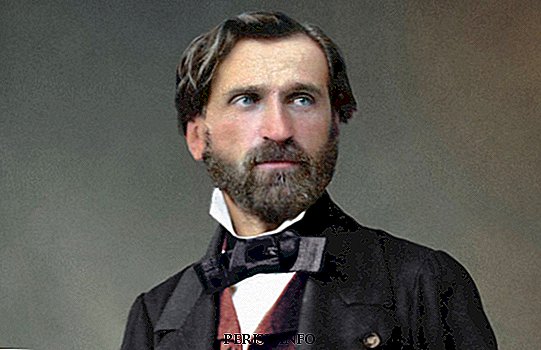
To the playwright Antonio Somma Verdi turned about work on the libretto "King Lear", which remained unfinished after the death of his longtime collaborator Salvatore Cammarano. Thus, in 1853 and 1855, two versions of the libretto of "King Lear" were created, which did not find their musical form. Meanwhile, the Teatro San Carlo in Naples was waiting for a new work by the maestro. In September 1857 Verdi invites the Somme to write a text on the plot of E. Scribe's Gustav III, or Masquerade Ball. The composer was captured by this story, which twice became the basis of operas: in 1833 - Gustav III by D. Auber, in 1843 - Regent by S. Mercadante.
But in the process of work, difficulties arose: the Bourbon censorship banned the libretto from being staged. In her opinion, it is better to replace the king with the duke, the action should be transferred to the pre-Christian era, conspirators should not have hatred for the king, but should simply fight for power, and - no firearms on the stage! The authors dedicated the Christmas week of 1857 to work on editing the libretto. As a result, the action took place in Pomerania, the king became the duke, and the opera was named "Revenge of Domino". It would seem that a compromise was found, and Verdi returned to Naples in January 1858 with a score of a modified opera.
The rehearsals were about to begin, but on January 14, an unsuccessful attempt on the life of Emperor Napoleon III happened, a few days later his culprit was caught, it turned out to be Italian, and the opera was again seriously threatened. The following censorship requirements stated: replace wife with sister, remove the ball, remove the episode with the draw, do not show murder on the scene at all. The impresario of the San Carlo Theater tried to rework the libretto on its own, changing the time and place of action, the main characters and the plot - the opera would be called “Adelia from Adimari”, but Verdi did not give his consent and initiated the termination of the contract. The theater filed a lawsuit against him, which, however, the maestro won.
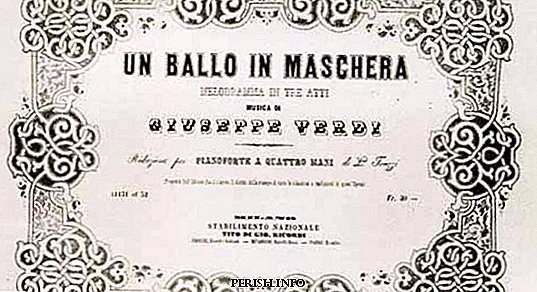
On the production of Verdi agreed with the Roman theater Apollo. His impresario was delighted with the opera, but warned the composer that there could be problems with the censor. Verdi was amazed - why does Scribe play freely on the Roman scenes, but the opera on the same plot cannot be freely performed? Having overcome everything, on February 17, 1859, the Masked Ball was its first resounding success. This was facilitated by the plot combining the tragic and funny, and great music, and the patriotic audience, who after the premiere sang melodies from the opera on the streets, and the walls of the Roman houses were written with the phrase "VIVA VERDI", where the composer’s last name had the acronymous "Vittorio Emanuele Re d'Italia "(Victor Emmanuel - King of Italy). Leading soloists of their generation - Gaetano Fraschini (Richard), Leone Geraldoni (Renato), Eugenia Julien-Dejean (Amelia) performed in the main parts. But was the maestro himself satisfied with this work? After all, in the end, his "Gustav III" was never implemented: the opera was called "Masked Ball", A. Somme, despite finishing the work, due to numerous changes, refused to put his name under the libretto and slightly later the text was edited by the permanent co-author of the composer F. M. Piave. The action moved to the US, Gustav became Richard, the Boston governor, and other characters changed. The theaters of Italy took the opera into a repertoire called "Amelia".
It will take only a few years, in 1861 Italy will unite, and the author will be possible to recreate the opera in its original form. But Verdi will not take advantage of this opportunity - either because he does not want to return to work that has taken away so much mental strength, or because he is already tired of opera in principle - after 1862 he will not have prime minister for 5 years. Therefore, until 1935, "The Masked Ball" told the story of an overseas, not European tragedy.
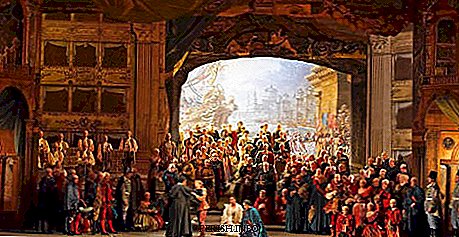
In the 20th century, an attempt was made to reconstruct the original version of the opera, then still called "Gustav III", according to the surviving Verdi drafts. This edition was delivered in Gothenburg, Sweden in 2002. In 2004 Gustav III performed on the stage of San Carlo - the theater saw this opera 146 years later.
In 1861, the Italian troupe first introduced the Masked Ball in St. Petersburg. But Russian productions of the opera, even in the "American" version, were banned until 1880. Since 2001, the opera has been in the repertoire of the Mariinsky Theater, since 2010 - the Mikhailovsky Theater. The staging of 2017 at the Novosibirsk Opera and Ballet Theater was named “thriller opera”. In 2018, the long-awaited premiere of the Masquerade Ball will be held at the Bolshoi Theater.
Music "Masquerade Ball" in the movie
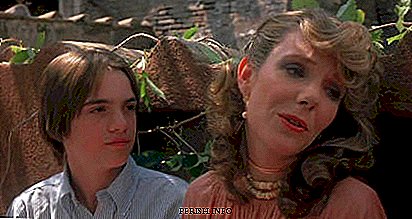
The music of "Masked Ball" was used in the films: "The Moon" by B. Bertolucci, "The Ten Commandments" by D. Wayne, a collection of short films "Aria".
The opera productions were repeatedly screened:
- 2012, Metropolitan Opera, director G. Halvorson, in the main roles M. Alvarez, S. Radvanovsky, D. Hvorostovsky.
- 1991, Metropolitan Opera, director B. Large, in major roles L. Pavarotti, A. Millo, L. Nucci.
- 1986, Vienna Opera, director J. Kulka, in the main parts L. Pavarotti, G. Lechner, P. Kappuccilli.
- 1975, Covent Garden, director D. Vernon, in the main roles of P. Domingo, C. Ricchiarelli, P. Kappuchchilli.
"Masked Ball" became the harbinger of a new period in the works D. Verdi, after him, over the 42 years of his remaining life, the maestro will write only 5 operas, but among them there will be such indisputable masterpieces as "Aida"and"Othello".

Leave Your Comment